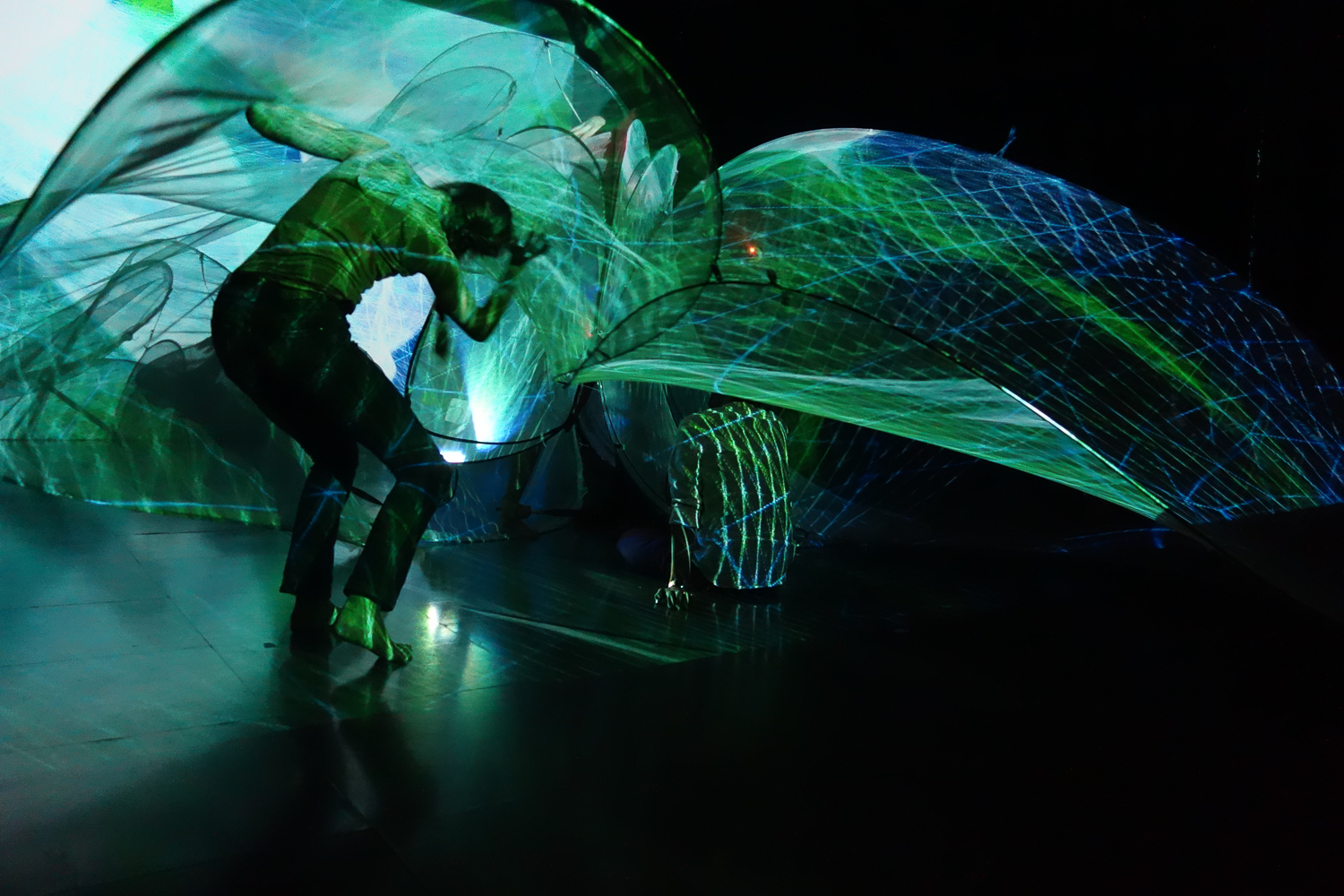 Friday, September 30, 2016, Quai de Savoirs, Toulouse, in the frame of the European Researchers’ Night, 6-12 pm
Friday, September 30, 2016, Quai de Savoirs, Toulouse, in the frame of the European Researchers’ Night, 6-12 pm
Dance, visual arts, music, digital arts, non verbal communication, architecture
In 2016 Metabody_Toulouse invites in the city three european partners.
The Quai des Savoirs organises the event in the frame of the European Researchers’ Night.
K Danse and the Quai des Savoirs organize, in this context, a complete program of performances, installations, concerts, meetings and micro workshops. (see detailed programme).
METABODY is a European project that questions the homogenisation of expressions induced by current information and control technologies, which place unprecedented threats to plurality and to fundamental rights and freedoms by reducing all our actions to predictable behaviours, and proposes to reinvent them highlighting the role and diversity of embodied expression through a new concept of interactive architecture that transforms in all its physical and digital aspects, constituting dynamic, participatory and performative environments for outdoors and indoors, an emergent and indeterminate space, a METATOPIA. http://www.metabody.eu/
METABODY is a project supported by the European Commission (2013-2016) and the participation of numereous partners in 10 countries, coordinated by Reverso (Spain).
Video of Metabody_Toulouse 2015 (Science Animation)
